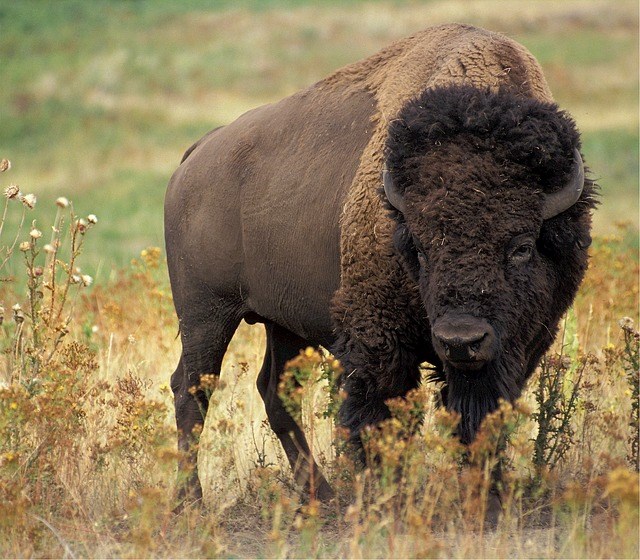Canadian farmers have tried to diversify in a list of ways, both in terms of field crops, and livestock.
Most have been largely unsuccessful, as those producers trying to make a dollar with emu, ostrich, fallow deer, lupins and seabuckthorn could attest.
So it is always with more than a passing interest I follow the bison sector.
The reason for my interest is because the sector has hung in through the years and has reached a point where, while still very much a niche, it is a sector likely to stay.
Like every sector in agriculture, bison farmers have seen their share of ups and downs. The issue though is with niche elements of farming, an extended downturn can literally kill the entire sector.
Bison production though comes with some sizeable investment in pasture fencing and animal handling facilities, which I suspect has kept producers hanging on through downturns.
The good news is the sector seems on an upward bounce at present.
At least that would be the indication of a report on the recent bison sale at Canadian Western Agribition in Regina.
“Average prices were up over last year with two-year-old bulls averaging $8,612 compared to $2,913 last year. Yearling bulls averaged $5,787, up from $2,150, and bred two-year-old females averaged $5,200 compared to $4,086,” reported the Western Producer.
“Yearling female average prices more than doubled over last year to $3,242 from $1,543.”
There is only one thing which gets producers paying more money for breeding stock, and that is optimism for at least the short term future of the sector.
Optimism for farmers comes from good prices.
Considering the beef sector is experiencing record high prices, it stands to reason bison producers would also be in line for good prices.
The meat sector is inter-related in terms of prices. There can only be so much spread between the various commodities before consumers switch what they take home for supper, so if beef prices are at all times high, all meats have to be trailing at least somewhat higher too.
Terry Kremeniuk, executive director of the Canadian Bison Association in the same Producer story, said the prices reflect producers’ optimism.
“We’ve had pretty stable prices over the last three and four years, and I think that bodes well for the industry in attracting new people and additional capital,” he said after the 32 lots sold Nov. 25 for a total of $154,200.
Finished bulls are selling for about $4.55 a pound hot hanging weight, with females back 10 or 20 cents from that.
It is good to see at least some diversification efforts made over the year for farmers have been successful for more than a blip in the annuals of farming.
Calvin Daniels is Assistant Editor with Yorkton This Week.

